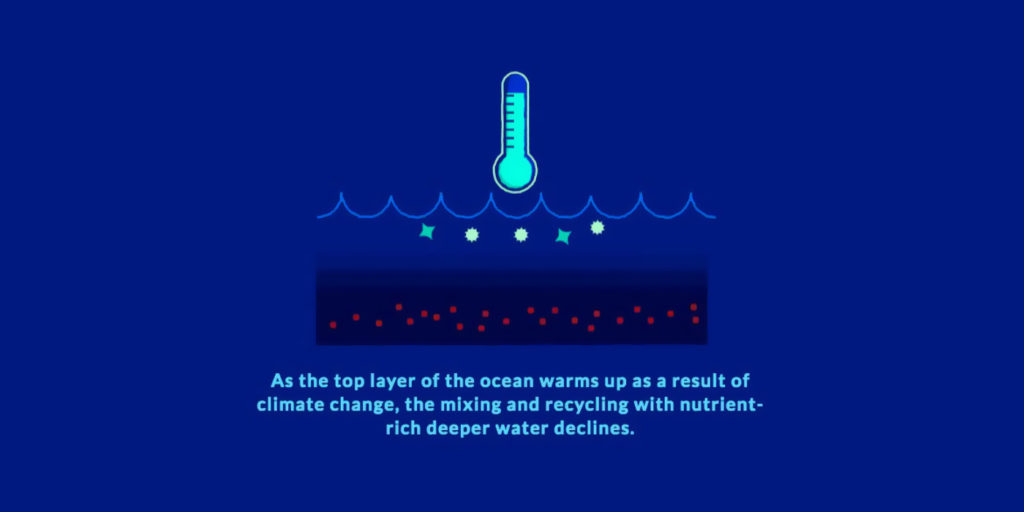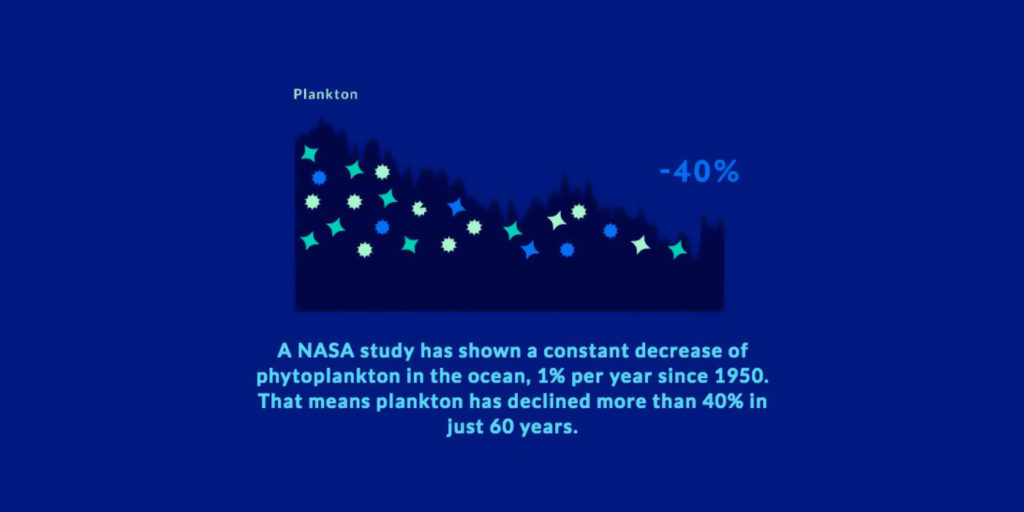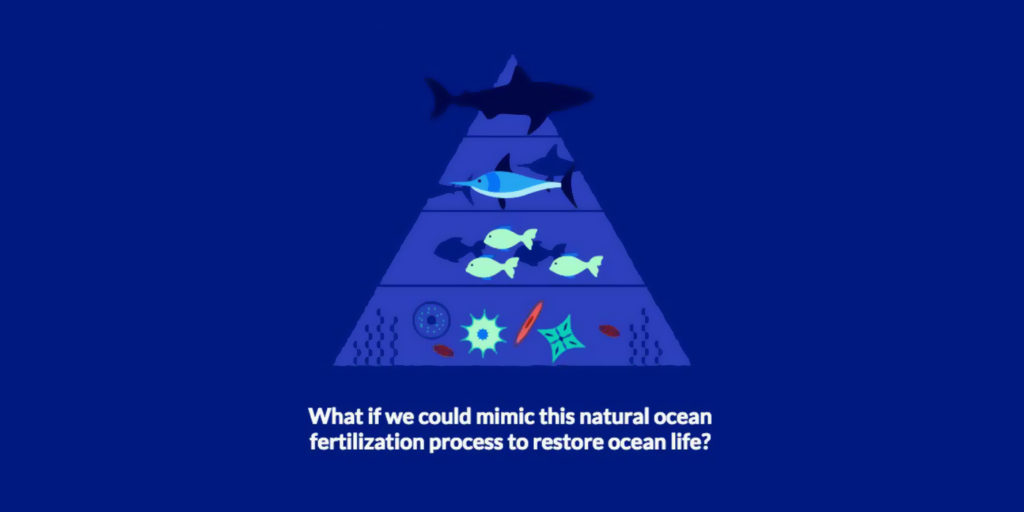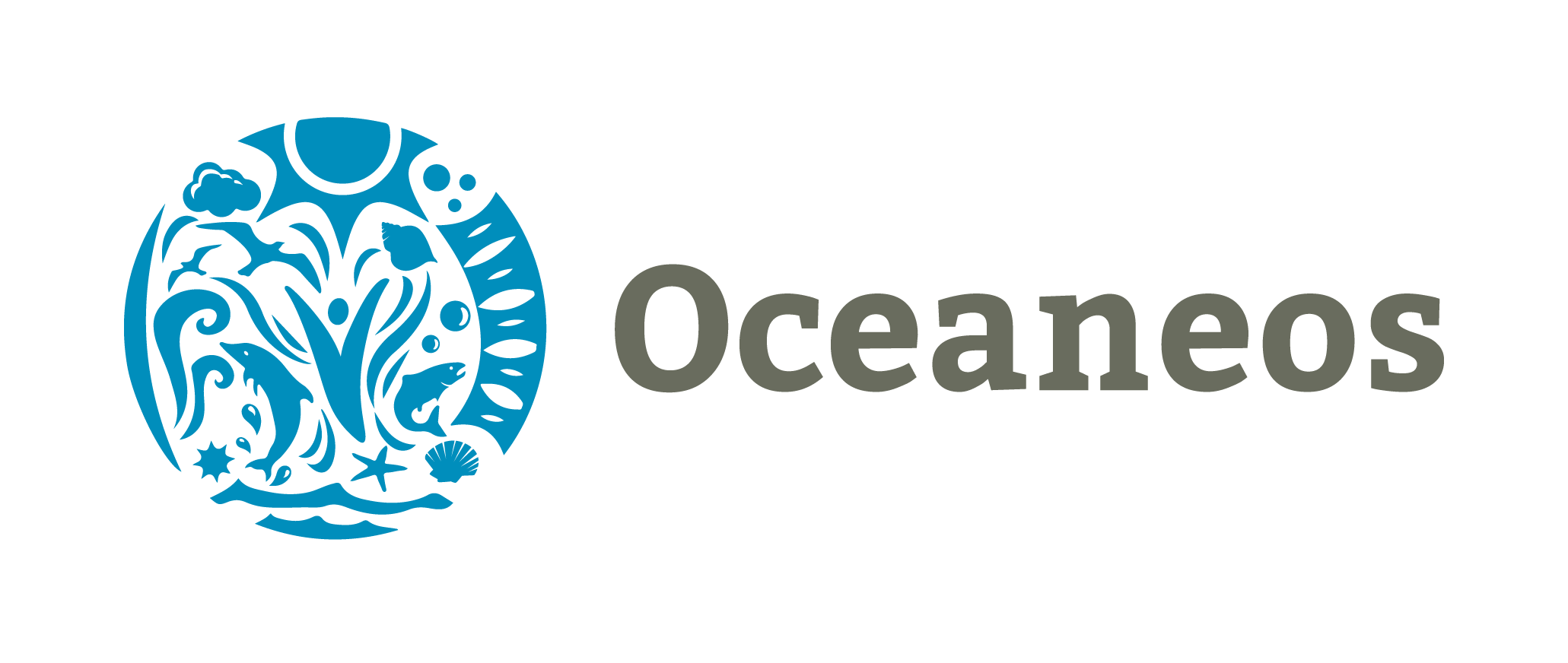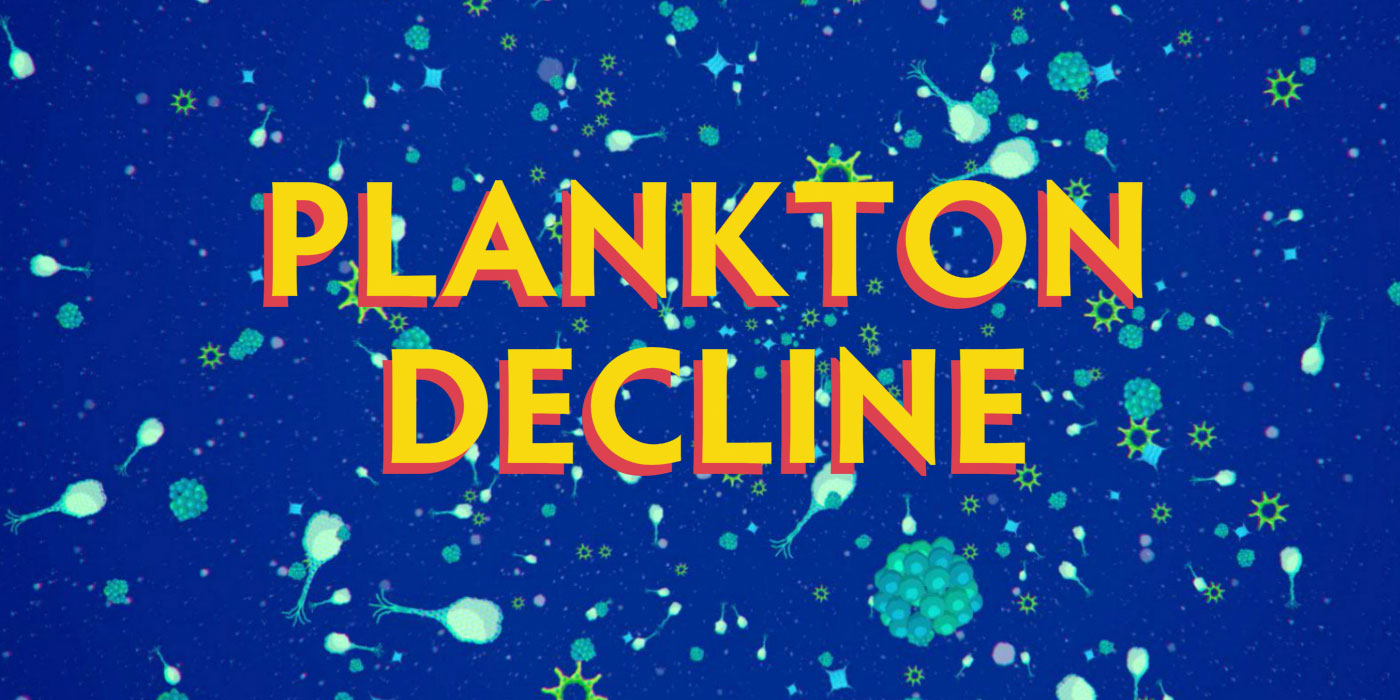
14 Mar Infographic: The Lesser Known Cause
Scientific storytelling is not easy. Some ideas require highly specific technical terms and ideas that cannot be summarized in a couple of sentences. Simplifying ideas can lead to lost information, and we realized this during the development of our infographic site. So here in our website we provide deeper explanations and references for the information at OceanSeeding.com.
“Phytoplankton are microscopic organisms that float on the top layers of the ocean, providing fish and the entire ecosystem with food.”
“Phytoplankton rely upon sunlight, carbon dioxide, water and micronutrients like iron for their health and growth. Iron is mainly brought to the surface from the Earth’s iron-rich crust via upwelling currents or carried by the wind from deserts.”
References:
Fisheries catch and ocean productivity,
Climate change and marine plankton,
The land, air and sea system,
Iron storage in bloom-forming plankton
Plankton is the general term for the microscopic animals and plants that live on the ocean surface. They are composed of plants (phytoplankton), animals (zooplankton) and other single-celled organisms like bacteria. Within the diversity of plankton there are huge differences in scale, like an elephant compared to an ant. Phytoplankton are a mosaic of plant-like organisms, and the most important among them are diatoms, which are large and nutrient-rich. In many ways diatoms are ‘the grass of the sea’, providing easily accessible food and nutrients to the marine food chain.
“As the top layer of the ocean warms up as a result of climate change, the mixing and recycling with nutrient-rich deeper water declines.”
References: The changing ocean iron cycle, Dissolved iron in the world ocean
Phytoplankton live in the sunlit ocean surface layers, where gases and minerals are exchanged with the atmosphere. The nutrients present in this layer get mixed and recycled by the complex ecosystem of this top layer, a processed fueled by the energy phytoplankton harnesses from sunlight. However, rising temperatures are separating the warm nutrient poor surface waters from the colder, deeper and nutrient-rich waters with a sharp thermocline, which hinders the cycling of nutrients.
“A NASA study has shown a constant decrease of phytoplankton in the ocean, 1% per year since 1950. That means plankton has declined more than 40% in just 60 years.”
References:
Recent trends in plankton composition,
The footprint of climate change,
Plankton decline over the past century,
Plankton and food web energy flows
Phytoplankton is extremely varied over time and spatial distribution. Some regions experience extremely sharp decline rates, while others are virtually unchanged in the same period of time. However, diatoms, which are known to be a key group within plankton, is consistently declining worldwide.
“What if we could mimic this natural ocean fertilization process to restore ocean life?”
References: Massive bloom induced by iron experiment, Blooms by natural and artificial iron addition
There are many ways iron can reach the ocean and fertilize its surface. Ocean Seeding mimics the same process observed after a volcanic eruption, where iron-rich ash settles over a large area of the ocean. The idea behind Ocean Seeding is no different than regular agriculture farming, but applied to the species and ecosystem found in the ocean. Just as ancient civilizations found that volcanic soil is extremely fertile, so is the process that makes plankton bloom in the sea. We can imitate nature over deserted areas of the ocean, and farm the sea to ensure a sustainable catch based on a healthy ecosystem.
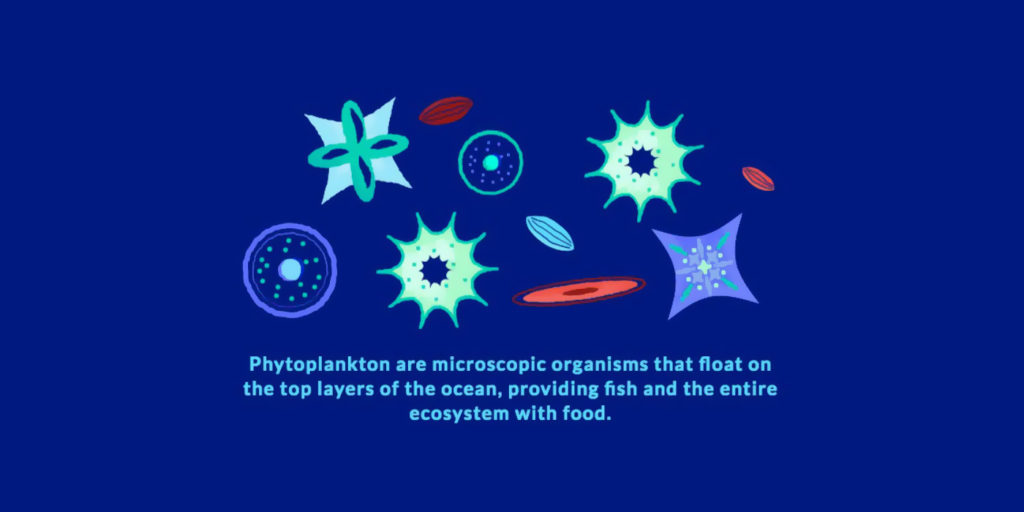
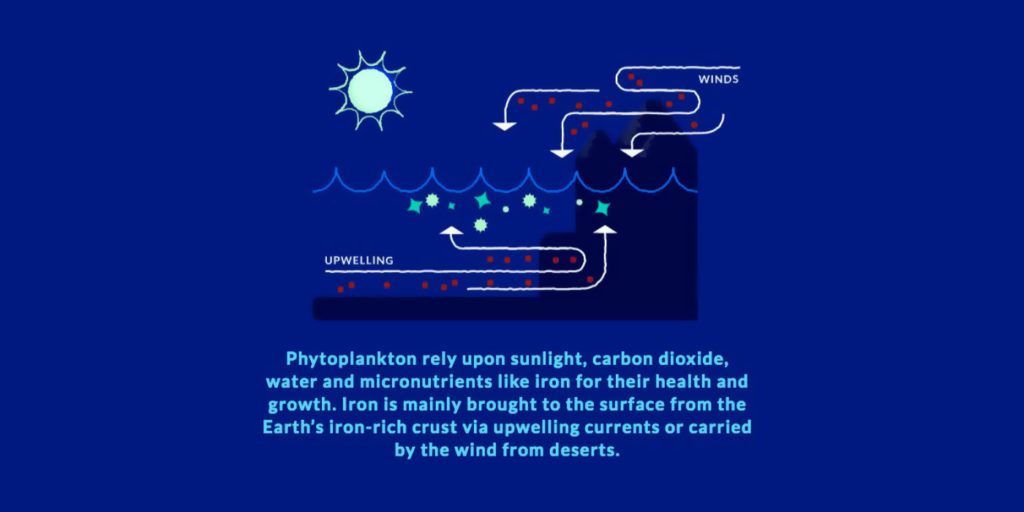
Just like land plants, phytoplankton requires essential nutrients to grow and reproduce. Iron is among these nutrients, required in very low amounts for optimal health. Diatoms thrive when the smallest amounts of iron are introduced to the ocean, through dust in the wind or upwelling marine currents. The large size and high nutritional value of diatoms makes them an excellent meal for zooplankton, which are then consumed by small fish, and then larger ones, and so on. Plankton, specifically diatoms, are the foundation of the marine food chain. When they are in danger, the whole ocean is in danger.
